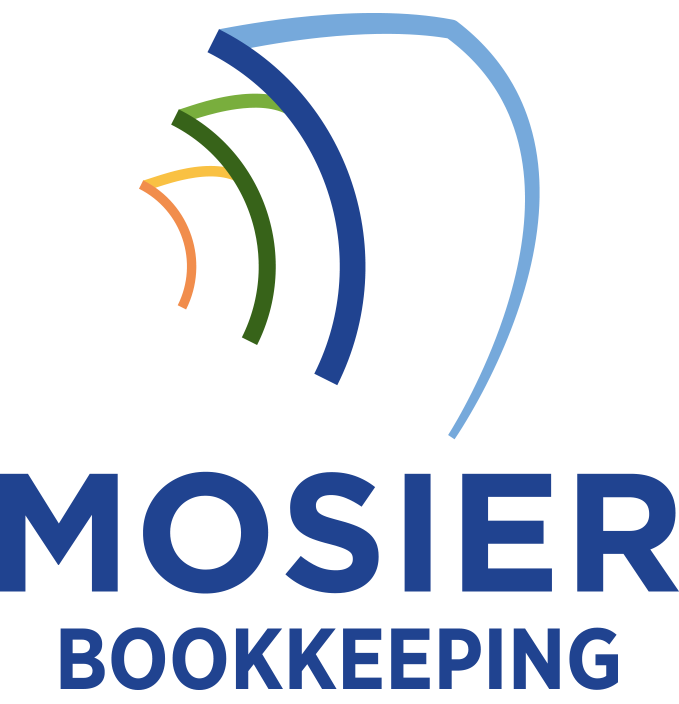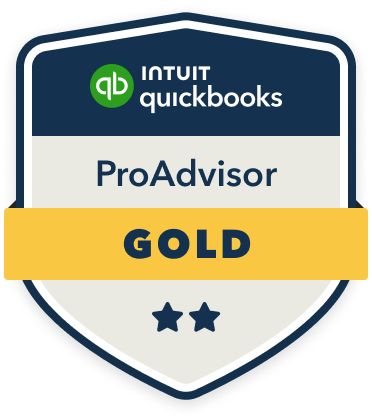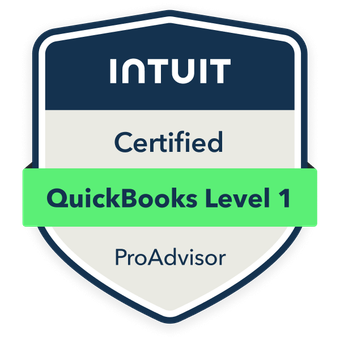To analyze and optimize payroll costs through bookkeeping, I recommend organizing detailed records of wages, benefits, and tax withholdings while tracking key metrics like labor cost per employee and overtime patterns. I’ll systematically monitor seasonal workforce trends, department-specific labor ratios, and benefit structure assessments to identify cost-saving opportunities. By implementing overtime management strategies and maintaining thorough documentation, you’ll gain valuable insights that can drive strategic workforce planning decisions. This structured approach sets the foundation for deeper cost optimization techniques.
Essential Payroll Bookkeeping Components and Records

When managing payroll bookkeeping effectively, several essential components and records must be meticulously maintained to guarantee accurate tracking and reporting. I recommend organizing employee records by wages, salaries, commissions, bonuses, overtime pay, and benefits. You’ll need to track tax withholdings, including federal, state, and local taxes, plus Social Security and Medicare contributions. I also maintain detailed records of employee work hours, paid time off, sick leave, and vacation accruals. For compliance purposes, I document workers’ compensation, unemployment insurance, and any garnishments. Each component demands systematic organization and regular reconciliation.
Tracking Labor Cost Patterns and Trends
I’ll show you how to examine your payroll data through three critical lenses: tracking seasonal workforce fluctuations, monitoring overtime expenses, and calculating departmental labor ratios. When analyzing seasonal patterns, I focus on identifying peak spending periods and workforce size variations to help you optimize staffing levels throughout the year. Your overtime tracking should include both cost trending and root cause analysis, while departmental labor ratios reveal which units are operating most efficiently relative to their output or revenue generation.
Seasonal Workforce Spending Analysis
Analyzing seasonal workforce spending patterns requires meticulous tracking of labor cost fluctuations throughout the year. I recommend breaking down payroll expenses by quarter to identify peak periods and downturns in staffing needs. Through my historical data analysis, I’ve found that mapping overtime costs against seasonal revenue helps optimize scheduling decisions.
I guarantee accurate forecasting by categorizing temporary versus permanent staff expenses, calculating cost-per-hire metrics, and monitoring seasonal turnover rates. This granular approach lets me anticipate staffing needs, control labor costs, and maintain profitability across high and low seasons. I integrate these insights into my budgeting strategy to drive strategic workforce planning.
Overtime Expense Tracking
Building on seasonal workforce insights, overtime expense tracking demands systematic documentation of extended work hours and their associated costs. I analyze overtime patterns by creating detailed spreadsheets that track premium pay rates, department allocations, and frequency of occurrence.
Departmental Labor Cost Ratios
To effectively gauge workforce efficiency, departmental labor cost ratios provide critical insights into spending patterns across different business units. I track these ratios monthly to identify which departments are operating within ideal ranges and which need adjustment. By comparing labor costs to departmental revenue, I’m able to make data-driven decisions about staffing and resource allocation.
- Operating costs divided by total labor hours reveals true cost-per-employee metrics
- Department-specific labor cost percentages highlight areas requiring immediate optimization
- Month-over-month ratio trends expose seasonal patterns and help forecast future staffing needs
These metrics empower me to maintain strategic control over labor spending while maximizing productivity across all departments.
Key Performance Indicators for Payroll Analysis

When I analyze payroll costs, I closely monitor the labor cost per employee as it reveals efficiency levels and helps identify departments that may need optimization. I’ve found that tracking overtime hours against revenue provides critical insights into whether extra labor expenses are generating proportional returns. These two key performance indicators give me a clear picture of both individual productivity and the broader relationship between staffing costs and business performance.
Labor Cost Per Employee
Labor cost per employee stands as a fundamental KPI that reveals the average expenditure required to maintain each worker on your payroll. I calculate this metric by dividing total labor costs by the number of full-time equivalent employees. This gives me a clear benchmark to assess workforce efficiency and make strategic decisions about staffing.
- Direct costs: base salary, overtime, bonuses, and commissions
- Indirect costs: benefits, insurance, retirement contributions, and taxes
- Hidden costs: training expenses, workspace allocation, and equipment
I track this KPI monthly to identify cost trends, compare departmental efficiencies, and optimize labor allocation. It’s essential for maintaining competitive advantage while controlling expenses.
Overtime Hours Vs Revenue
Building on our understanding of per-employee costs, the relationship between overtime hours and revenue provides a critical insight into workforce productivity and profit margins. I analyze this metric by dividing total overtime wages by gross revenue to determine the percentage impact on our bottom line.
I track overtime trends against peak revenue periods to identify if the additional labor costs justify the increased income. When I see overtime exceeding 10% of revenue, I investigate whether hiring additional staff would be more cost-effective. This analysis helps me make strategic decisions about staffing levels and optimize the balance between labor costs and revenue generation.
Strategies for Overtime Management and Cost Control
A well-structured overtime management strategy can dramatically reduce payroll expenses while maintaining productivity levels. I’ve found that implementing strict approval protocols and real-time tracking systems enables me to catch potential overtime issues before they impact my bottom line.
- Create mandatory pre-approval requirements for any work beyond standard hours
- Set up automated alerts when employees approach overtime thresholds
- Establish cross-training programs to distribute workload during peak periods
I leverage data analytics to identify overtime patterns and adjust staffing schedules accordingly. By correlating overtime expenses with production metrics, I can optimize labor costs while ensuring operational efficiency and maintaining control over payroll expenditures.
Benefits and Compensation Structure Assessment

Three core components drive an effective benefits and compensation analysis: direct wages, indirect compensation, and performance incentives. I recommend starting with a detailed audit of your base salary structures against market benchmarks to identify potential cost optimization areas.
I’ll help you break down indirect compensation elements like health insurance, retirement plans, and paid time off to calculate their true cost impact. Next, I’ll show you how to evaluate your incentive programs’ ROI by measuring performance metrics against payout thresholds.
This analysis will reveal opportunities to realign your compensation structure while maintaining competitive advantages that attract and retain top talent.
Tax Compliance and Reporting Best Practices
Proper tax compliance directly impacts your compensation strategy’s bottom line and demands rigorous documentation protocols. I recommend implementing detailed procedures to track withholdings, deductions, and employer contributions. By maintaining meticulous records, you’ll maximize tax efficiency while minimizing audit risks.
- Establish automated systems to generate real-time reports for federal, state, and local tax filings
- Create internal controls to validate payroll calculations against tax tables before each pay run
- Document all special tax circumstances, like multiple state withholdings or supplemental wages
I’ve found that proactive compliance management strengthens your position during audits and empowers strategic decision-making around compensation structures.









